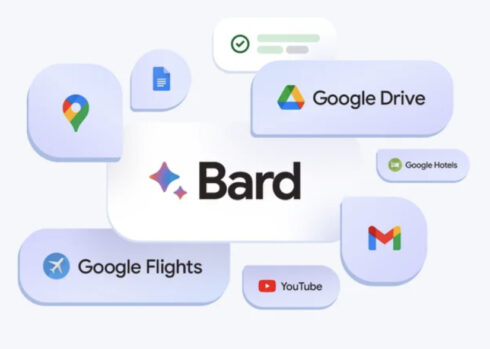
Google has unveiled its most advanced model of its conversational AI, Bard, to date, introducing enhanced integration with Google apps and services to provide more helpful responses. Additionally, Bard has refined its “Google it” feature to verify answers, and its expanded capabilities are now available in a wider range of contexts and Google applications, including Gmail, Docs, Drive, Google Maps, YouTube, and Google Flights.
“We’re committed to protecting your personal information. If you choose to use the Workspace extensions, your content from Gmail, Docs and Drive is not seen by human reviewers, used by Bard to show you ads or used to train the Bard model. And of course, you’re always in control of your privacy settings when deciding how you want to use these extensions, and you can turn them off at any time,” Yury Pinsky, director of product management at Bard wrote in a blog post.
Bard is introducing a feature that simplifies building upon shared conversations. Users can now continue discussions and pose additional questions on a shared Bard chat via a public link. This allows for an easy expansion of the conversation or the initiation of new ideas based on the shared content.
Bard is also extending access to features previously available only in English to over 40 languages. This includes capabilities like image uploads with Lens, search images within responses, and the ability to modify Bard’s responses.
“All of these new features are possible because of updates we’ve made to our PaLM 2 model, our most capable yet. Based on your feedback, we’ve applied state-of-the-art reinforcement learning techniques to train the model to be more intuitive and imaginative. So, whether you want to collaborate on something creative, start in one language and continue in one of 40+ others, or ask for in-depth coding assistance, Bard can now respond with even greater quality and accuracy,” Pinsky added





